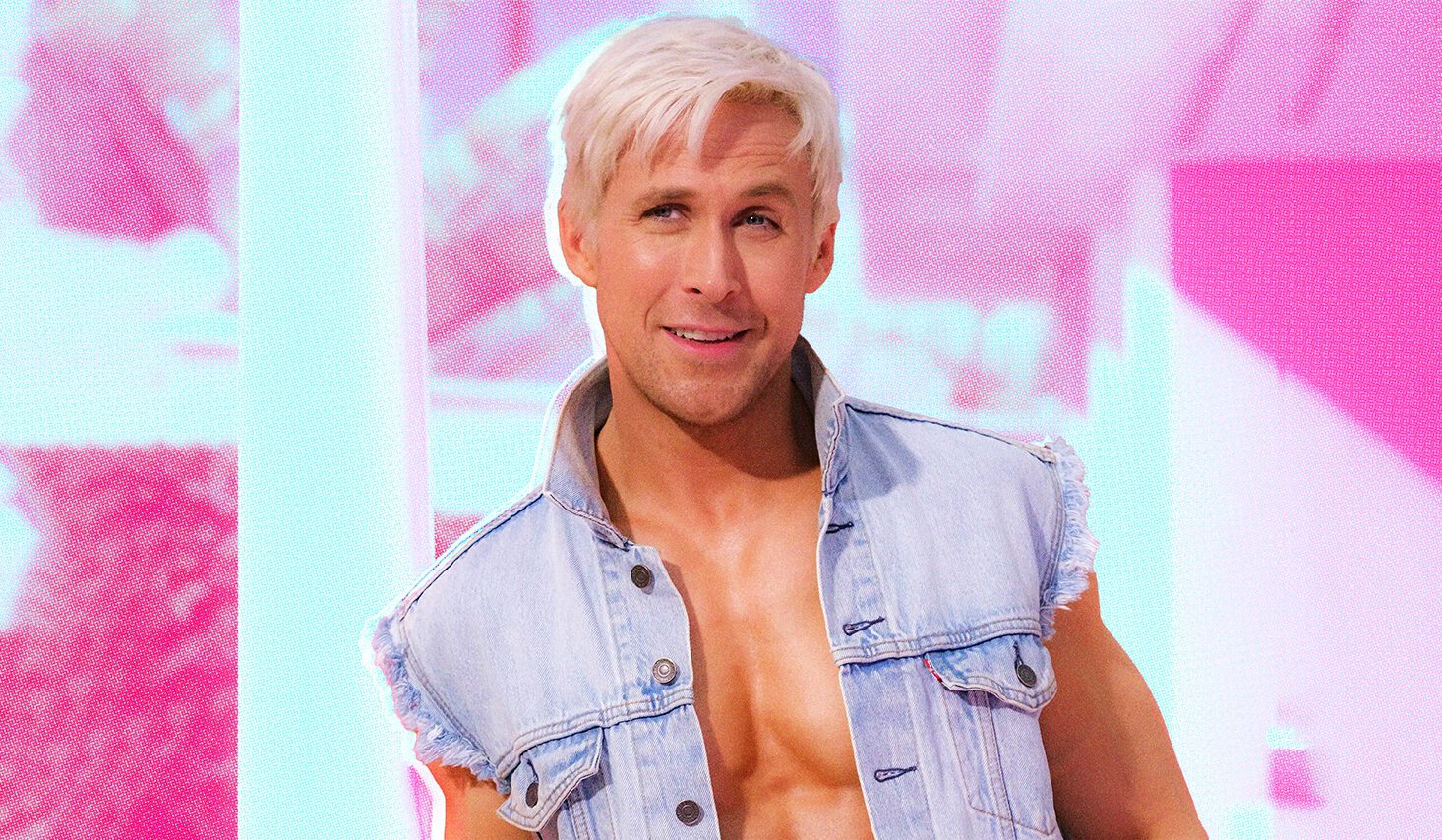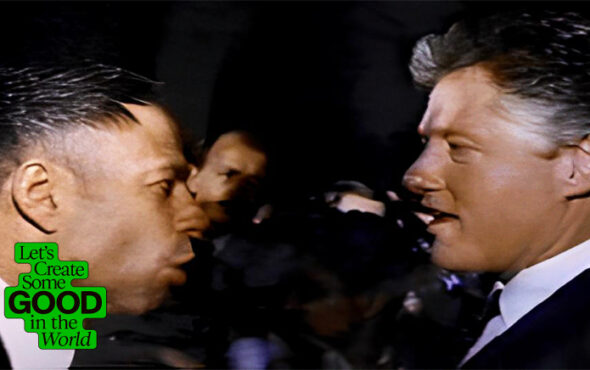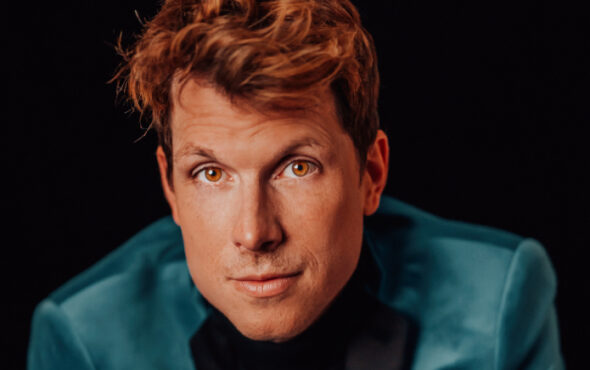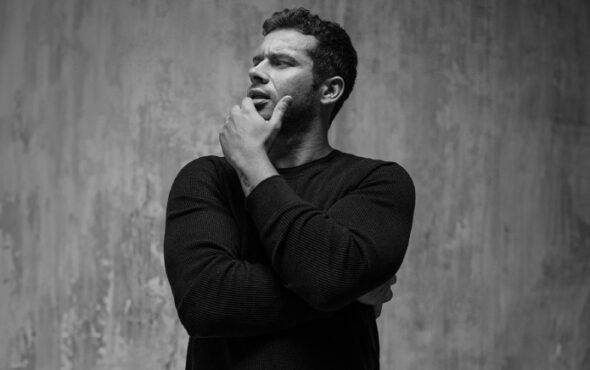
If I am being honest, the only reason I went to see Barbie was because the LGBTQIA+ community at large seemed to view it as a major cultural phenomenon before it even premiered. I don’t go to the cinema often, and had I ignored the LGBTQIA+ community’s internet-wide obsession with Barbie, I would likely have skipped what I thought was a movie giving a multi-million-dollar company two hours of silver-screen advertising. Alas, the queer buzz and the bright colours drew me in.
I never expected to leave the cinema relating to Ryan Gosling’s Ken on such a deeply profound level, with my experience as a trans man feeling validated.
Barbie reflected an experience that, for a while, I thought I had been alone in going through, and which began shortly after I acknowledged to myself that I am a trans man. The first sign was my sudden yet intense insecurity about my height. I had previously identified as non-binary and had presented more feminine, and back then I was never bothered by this aspect of my appearance. However, newly out as a trans man and single for the first time in a few years, the prospect of dating women as a very short man seemed almost humiliating to comprehend.
The second sign was my newfound tendency to hold myself back from appearing too “bubbly”, not only in person but also online, by flatlining my voice that usually bounces all over the place in pitch, starting messages with ‘Hey’ instead of my usual ‘Hiya’, and cutting myself short before I called one of my friends ‘babe’. I was stuck in this particularly harmful mindset, and I figured that people would only view me as a man if I appeared more serious, less emotional, more stoic.
Essentially, in a desperate attempt to pass, I began relying on toxic masculinity. It certainly wasn’t a conscious choice to behave this way, but as soon as I realised what I was doing, I was horrified. I was frustrated, not only at myself for trying to change into something I am not, but also at society for making me feel like I needed to do this in the first place.
However, when I finally had the chance to speak to other trans-masc folks, I realised I was not alone.
As I understand it, changing our behaviour in this way is simply an attempt to feel validated in our identities in a society where external acceptance is pretty hard to come by. Therefore, we must rely on the most available narrative of masculinity presented to us, which is that of an unemotional, egotistical, straight man who doesn’t smile, makes jokes about women being “difficult”, and hides any characteristic or behaviour that is typically perceived as “girly”.
If you are wondering how on earth this experience relates to a fun-loving blockbuster about children’s toys, let me talk about Ken’s character arc for a minute.
In short, Ken begins as a man who knows he is a man, but feels a little lost outside of his love for Barbie. But when he enters the “real world” and discovers the patriarchy, a system within which he can get everything he wants if he becomes more outspoken, intimidating, and domineering towards anyone who isn’t a man, he changes his behaviour and gains the immediate favour of his male peers.
During this phase, he has found purpose and identity, but does not realise the harm he is causing. Watching it, I really resonated with the need to feel affirmed in a world that is made for men, even though you’re not exactly the type of man it is made for. It is only when Barbie tells him that “maybe it’s time to figure out who Ken is” that he realises he can find happiness and purpose by focusing on what makes him him.
While the message of embracing who you are to find happiness is a pretty universal one, it resonates very particularly with the trans community.
For me, what finally burst me out of this toxic bubble was listening to the encouraging and kind words of my friends, the people that already accept and love me for who I am. Yes, it hurts when a stranger takes one look at my height and hears the pitch of my voice and misgenders me, but why should I let the opinion of random members of the public shake my sense of who I am? At the end of the day, embracing who you are and accepting everything that makes you you is the best way to conquer the darkness, no matter how temptingly familiar it feels.
One way that I have been able to embrace and celebrate my identity is through volunteering with Just Like Us because I have the opportunity to share my story, with all of its ups and downs, with young people that are willing and open to learn about real people in the LGBTQIA+ community. Talking about my journey with gender for the first time was terrifying but knowing that I might have made just one person in the room feel seen makes it worth it.
If you take one thing away from this, let it be that representation is extremely important. As demonstrated by my experience with accepting my transness, and Ken’s experience trying to find himself, we need representation of positive, sensitive, and non-traditional masculinity so that those of us that don’t fit in the patriarchy’s claustrophobic box know that our presence in the world is just as valuable as anyone else’s. In other words, we are Kenough.
Nat volunteers as an ambassador for Just Like Us, the LGBTQIA+ young people’s charity. LGBTQIA+ and aged 18 to 25? Sign up here!



